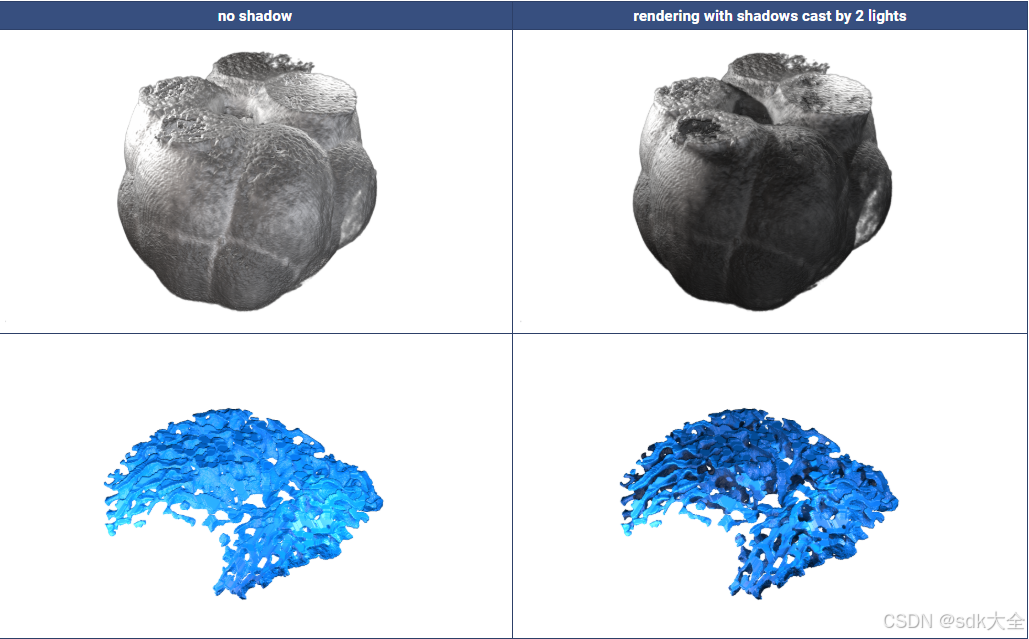
Release notes Open Inventor 2025.2
Standard version published in October 2025.
Enhancements and new features included in this version:
- Core
- Outline rendering
- Shadows from multiple lights
- VolumeViz
- Interactivity of volume rendering improved
- New platforms
Other changes:
- Naming of Open Inventor versions
- Redistribution changes
- Life cycle events
- Dropped platforms
- Future platforms
- Licensing
Open Inventor 2025.2 includes all fixes available inOpen Inventor 2025.1
Core
Outline rendering
We introduce a new rendering effect to higlight most of the contours of 3D shapes and volume rendering.
To enable the new outline effect, you need to add an instance of the new classSoOutlineEffectin your scene graph. Note that the outline effect does not affect the shapes that are under anSoAnnotation.
The following images higlight the benefit of the outline effect (see on the right) on some details of a Golgi apparatus:
| no outline effect | rendering with a black outline effect |
|---|---|
|
|
Shadows from multiple lights
As of Open Inventor 2025.2, you can now compute the shadows according to all lights in the scene graph. In previous versions, only the first light in your scene graph was taken into account by the shadowing process.
Notes:
- Shadows are computed for light nodes hierarchically located before theSoShadowGroupnode. The light nodes placed under a shadow group node are not taken into account for the shadowing effet.
- For better interactivity when moving the camera, we do not recommend enabling shadows for any light linked to the camera position (such as the well-known headlight) because in this case, shadows must be recomputed with each new camera position.
The following images higlight the benefit of shadows (see on the right) on some details of cells (top) and trabecular bones (bottom):
| no shadow | rendering with shadows cast by 2 lights |
|---|---|
|
|
|
|
VolumeViz
Interactivity of volume rendering improved
In version 2024.2, the fieldSoDataSet::valueInterpretationhas been added to improve the rendering quality of discrete volume data such as label fields. However, the cubic interpolation mode used on discrete data requires high computation on the graphics card. This can cause interactivity issues with very low FPS, especially when rendering on a large render area and when zooming significantly.
To address this issue and preserve acceptable interactivity, we've added a new fieldSoVolumeRender::stillScreenTileSize. This field allows you to activate a screen tiling mode that splits the rendering into several sub-tiles of the render area. It can be combined with anSoInteractiveComplexityto activate the screen tiling mode only in still mode.
New platforms
Open Inventor .NET framework 4.8 for Visual Studio 2022 is provided.
Naming of Open Inventor versions
The type name of Open Inventor versions has changed: only two types of versions are now specified,standard versions and patch versions. For more details, see theLife Cycledocumentation.
Related to this new version naming, the main changes are:
- The concept of a major version of Open Inventor no longer exists.
- Some deprecated features or APIs can be removed in any standard version. However, we will announce the removal of a feature in the release notes one version before its removal.
- The release notes can be updated for a patch version.
The life cycle has not changed: two standard versions per year are scheduled, along with all necessary patch versions. A patch version is an update of the latest standard version in which some bugs are fixed and the documentation is improved.
Redistribution changes
The list of files to be redistributed has changed slightly: the ULM libraries have been removed. SeeFiles to distributefor detail.
Life cycle events
Dropped platforms
Open Inventor .NET framework 4.7 for Visual Studio 2017 is dropped and replaced by .NET framework 4.8 for Visual Studio 2022.
Future drop:
- Open Inventor 2025.2 is the last version available on Ubuntu 20.04, and Open Inventor C++ based on Qt5 will no longer be provided in 2026.
- Open Inventor 2025.2 is the last .NET core version based on .NET6, the next version will be based on .NET8.
- We plan to drop the support of Windows 10 platforms in Open Inventor 2026.1 or 2026.2
Future platforms
In 2026 we plan to support these new platforms:
- Open Inventor C++ with Qt6 on Windows, on Ubuntu 22.04 and compatible Linux versions.
- Open Inventor Java on Ubuntu 22.04 and compatible Linux versions.
- Open Inventor .NET8
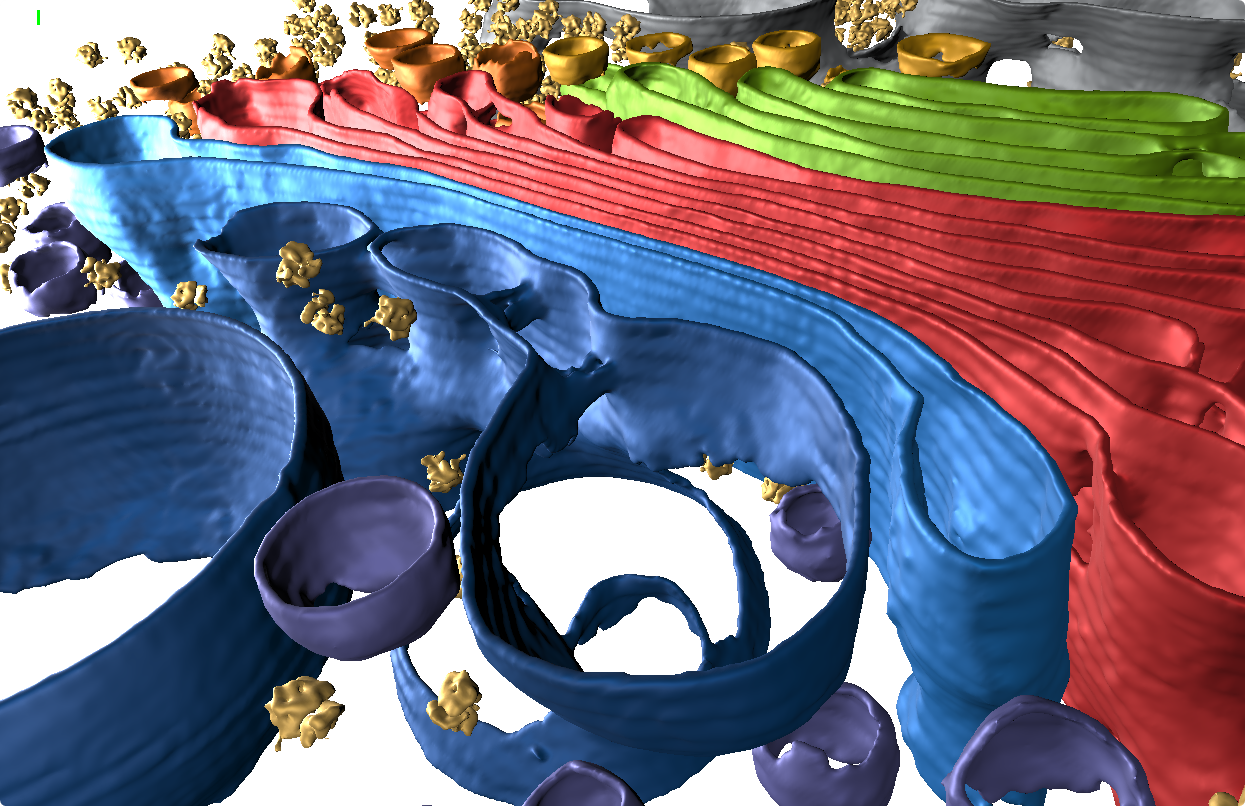
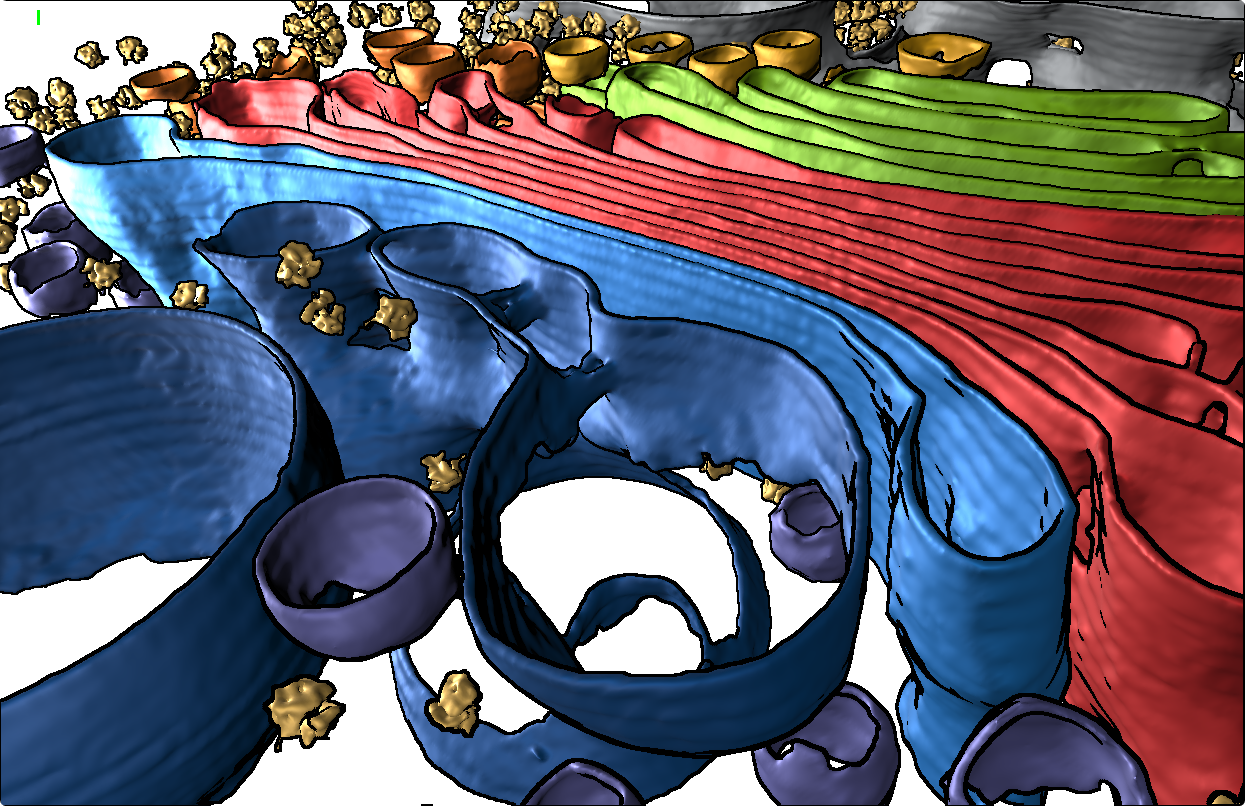
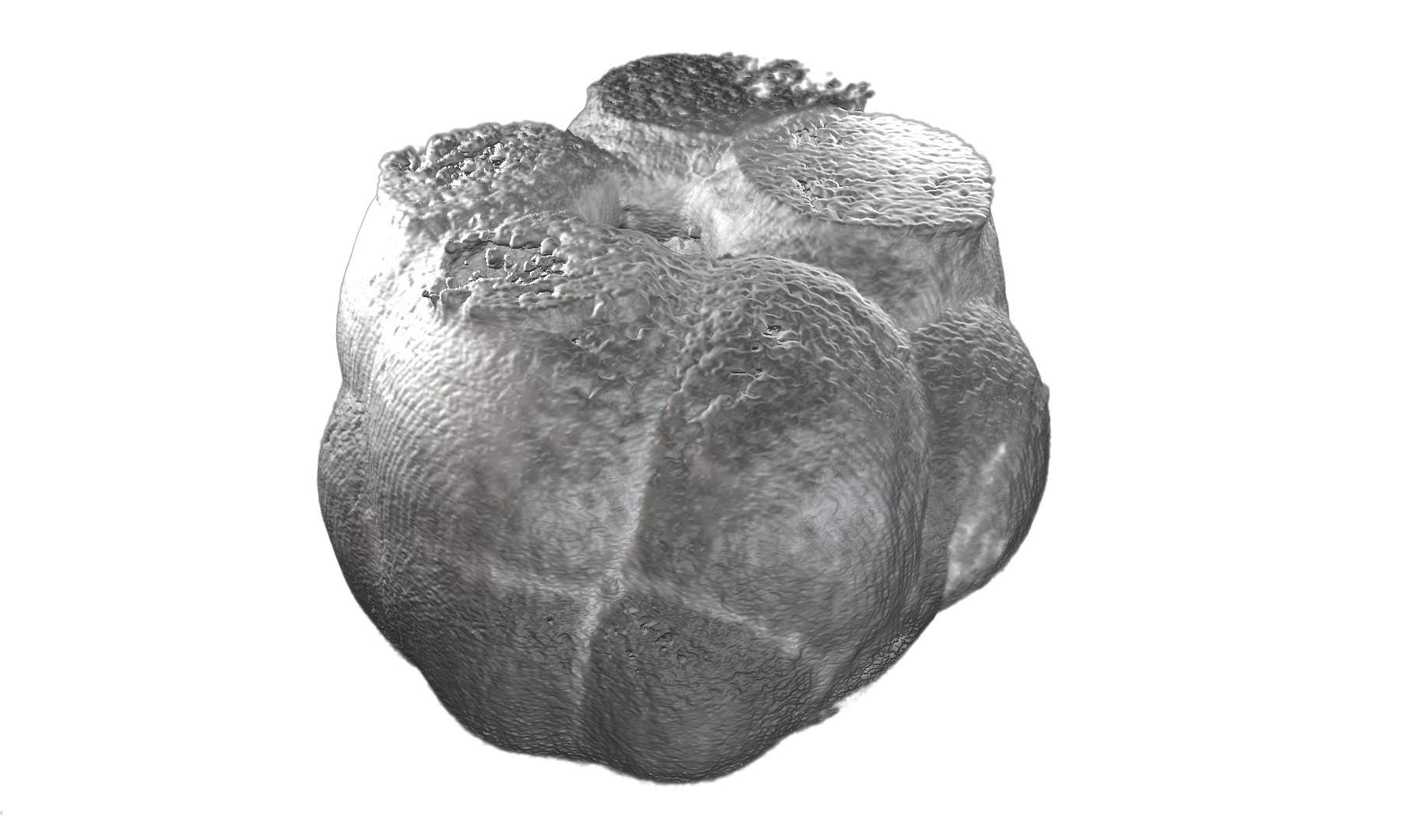

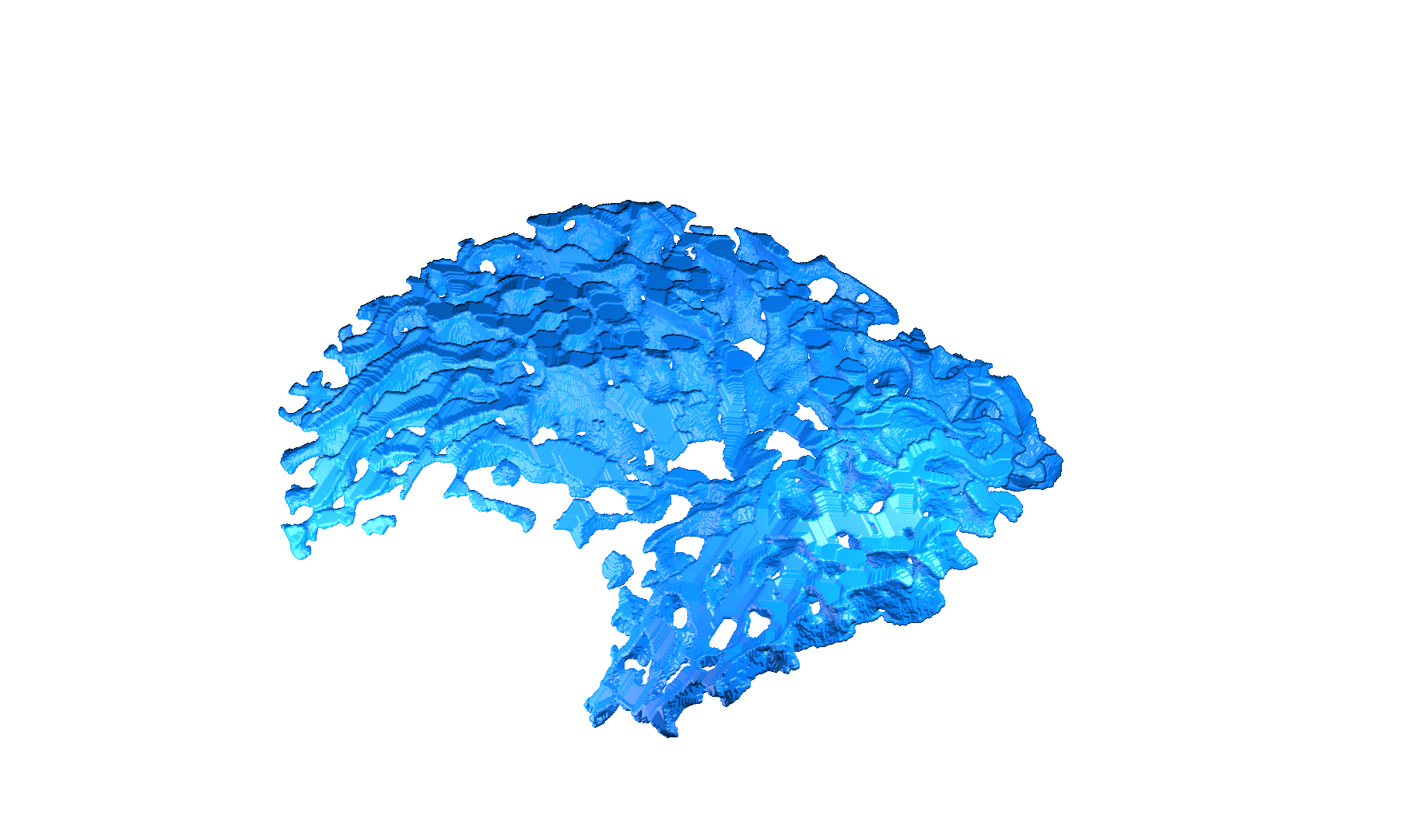
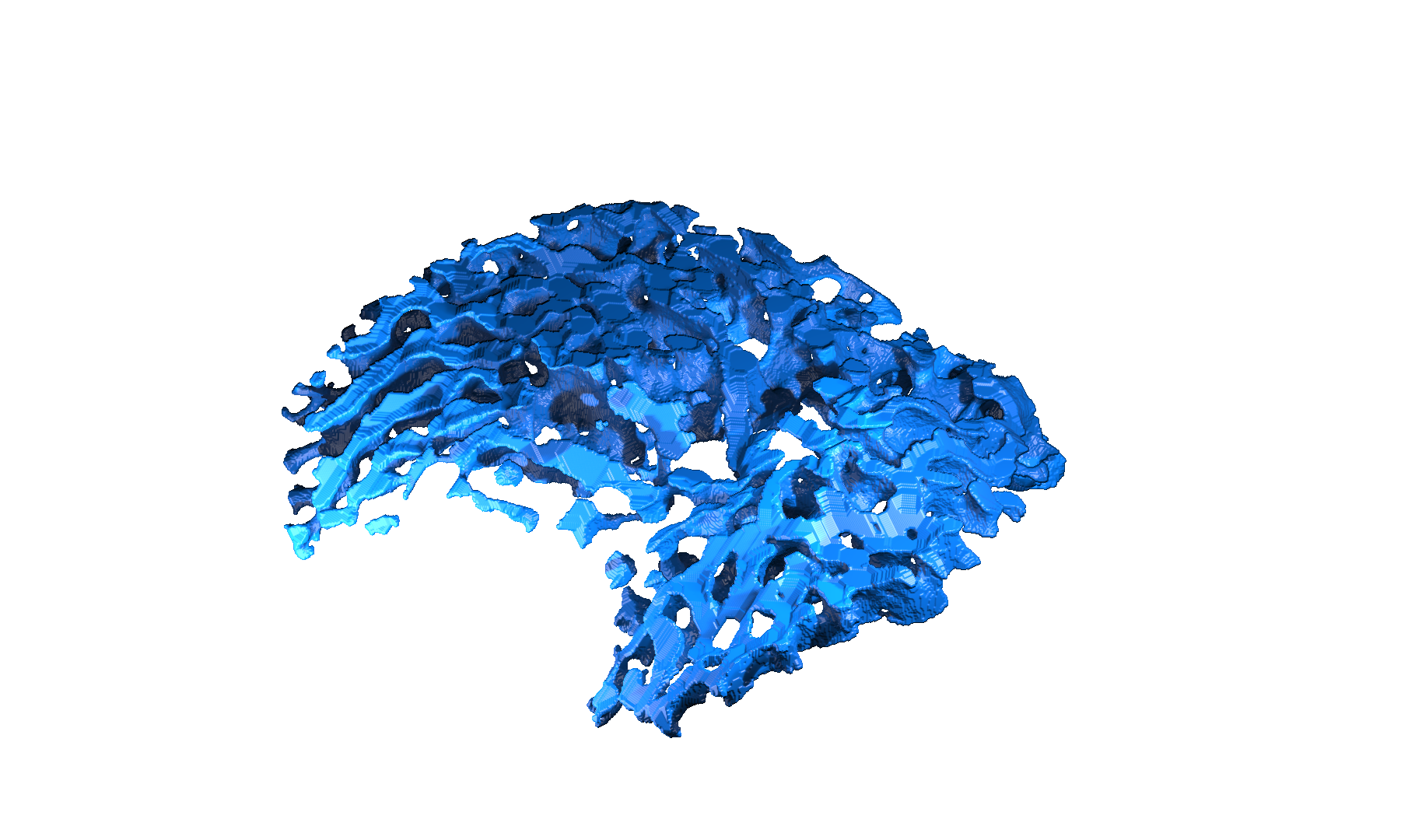
)
 简介)







)
:GEMM EMA 下限解析解以及硬件静态资源分配设计)








